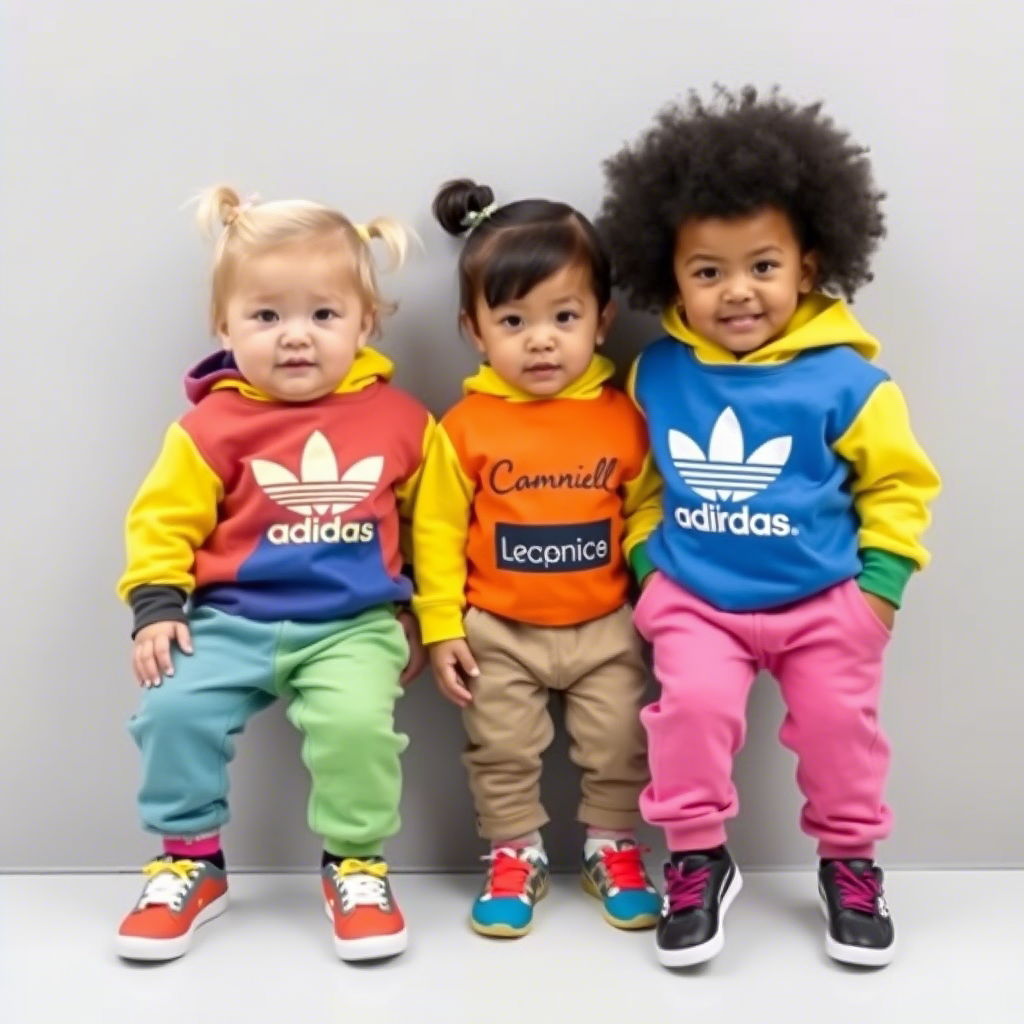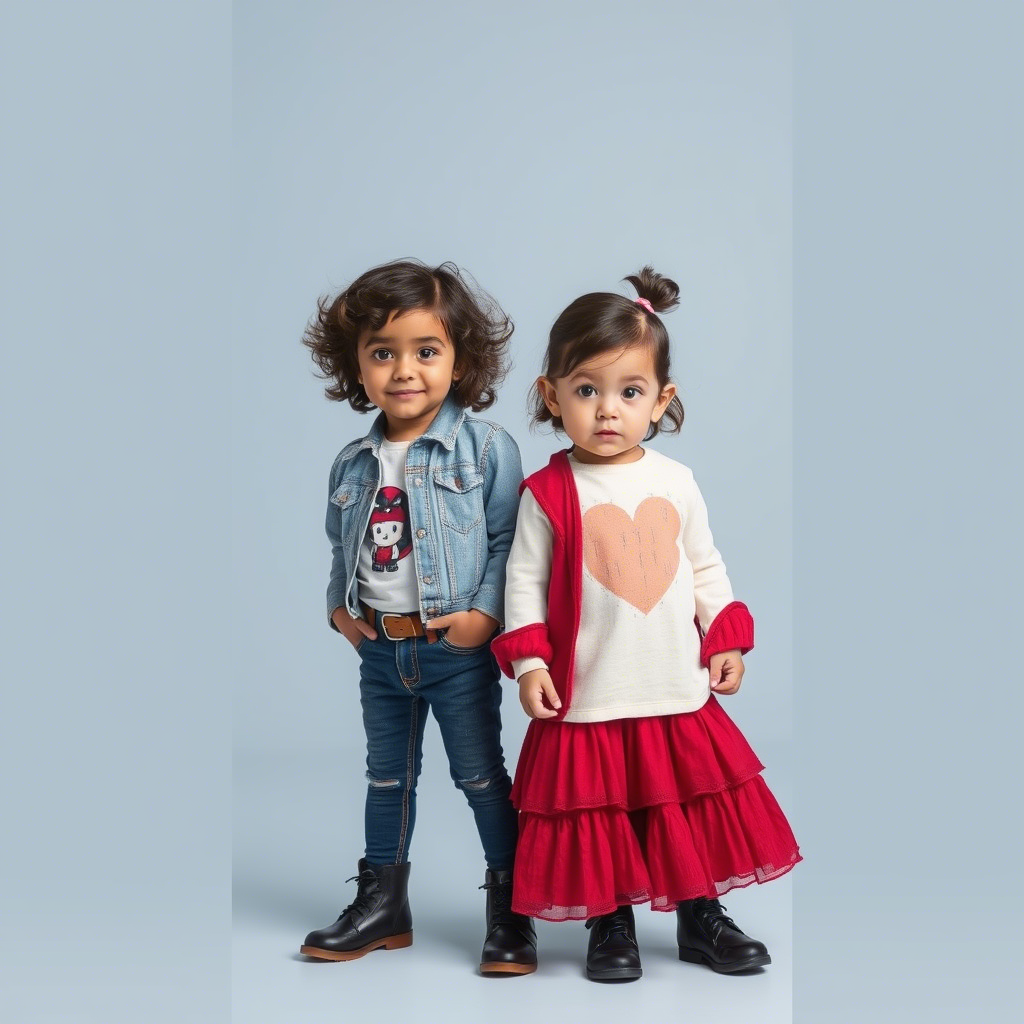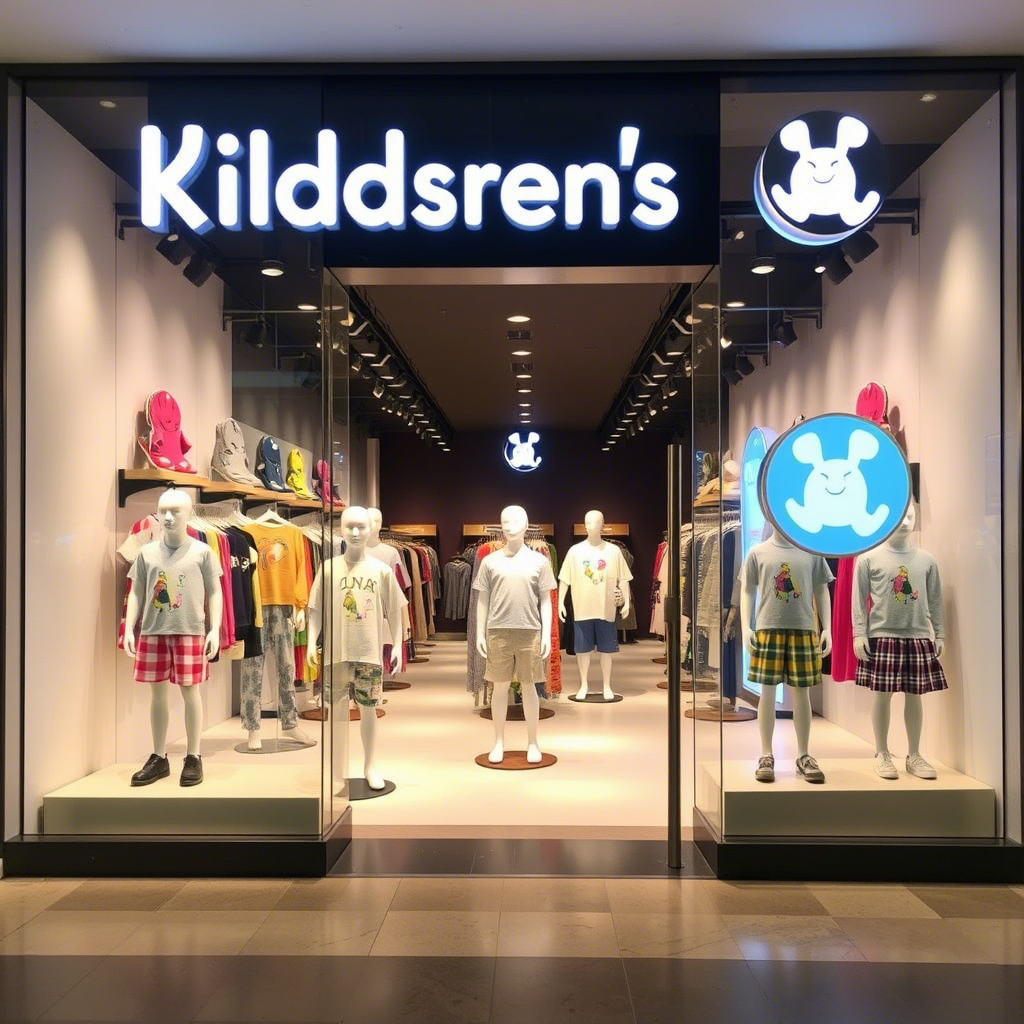Children Clothing Brand Names And Manufacturers English
The children’s clothing industry is a thriving market, with a growing demand for high-quality, stylish, and comfortable clothing. As a result, numerous brand names and manufacturers have emerged to cater to this demand. In this article, we will explore the world of children’s clothing brand names and manufacturers in English, highlighting key trends, players, and insights.
Understanding the Children’s Clothing Market
The children’s clothing market is a significant segment of the global apparel industry, driven by factors such as increasing birth rates, rising disposable incomes, and growing awareness of children’s fashion.
- The market is characterized by a diverse range of products, from casual wear to formal attire, and from basic essentials to high-end designer clothing.
 Parents are becoming more discerning about the clothing they buy for their children, seeking out brands that offer a combination of quality, style, and value.
Parents are becoming more discerning about the clothing they buy for their children, seeking out brands that offer a combination of quality, style, and value.- According to a recent study, the global children’s clothing market is expected to grow at a compound annual growth rate (CAGR) of 5% over the next five years.
Key Players in the Children’s Clothing Industry
Several well-established brands dominate the children’s clothing market, including international players and local manufacturers.
- Brands such as Carter’s, OshKosh B’gosh, and Gap are popular among parents worldwide, known for their high-quality products and stylish designs.
- Local manufacturers are also gaining traction, offering unique and culturally relevant clothing options that cater to specific regional tastes.
- For example, boys’ coats from various brands are highly sought after for their durability and style.
Trends Shaping the Children’s Clothing Market
The children’s clothing market is influenced by various trends, including:
- Sustainability: With growing awareness of environmental issues, eco-friendly and sustainable clothing is becoming increasingly popular among parents.
 Brands are responding by incorporating recycled materials, organic cotton, and other eco-friendly practices into their production processes.
Brands are responding by incorporating recycled materials, organic cotton, and other eco-friendly practices into their production processes.- Digitalization: The rise of e-commerce has transformed the way parents shop for children’s clothing, with online platforms offering convenience, flexibility, and a wider range of choices.
Challenges and Opportunities in the Children’s Clothing Industry
Despite the growth prospects, the children’s clothing industry faces several challenges, including:
- Intense competition: The market is highly competitive, with numerous brands vying for market share.
 Brands must differentiate themselves through innovative products, effective marketing, and excellent customer service.
Brands must differentiate themselves through innovative products, effective marketing, and excellent customer service.- Quality control: Ensuring consistent quality across products is crucial, particularly for manufacturers sourcing materials from multiple suppliers.
Strategies for Success in the Children’s Clothing Market
To succeed in this competitive market, brands and manufacturers can adopt several strategies:
- Focus on quality and durability: Parents are willing to pay a premium for high-quality clothing that will last.
- Invest in digital marketing: Online platforms offer a powerful way to reach parents and promote products, as seen with the success of brands that have a strong online presence, such as those offering a wide range of children’s clothing.
Conclusion
The children’s clothing market is a dynamic and growing industry, driven by changing consumer preferences and technological advancements. By understanding key trends, players, and challenges, brands and manufacturers can develop effective strategies to succeed in this competitive market. As the industry continues to evolve, we can expect to see new innovations, products, and business models emerge, offering opportunities for growth and expansion.